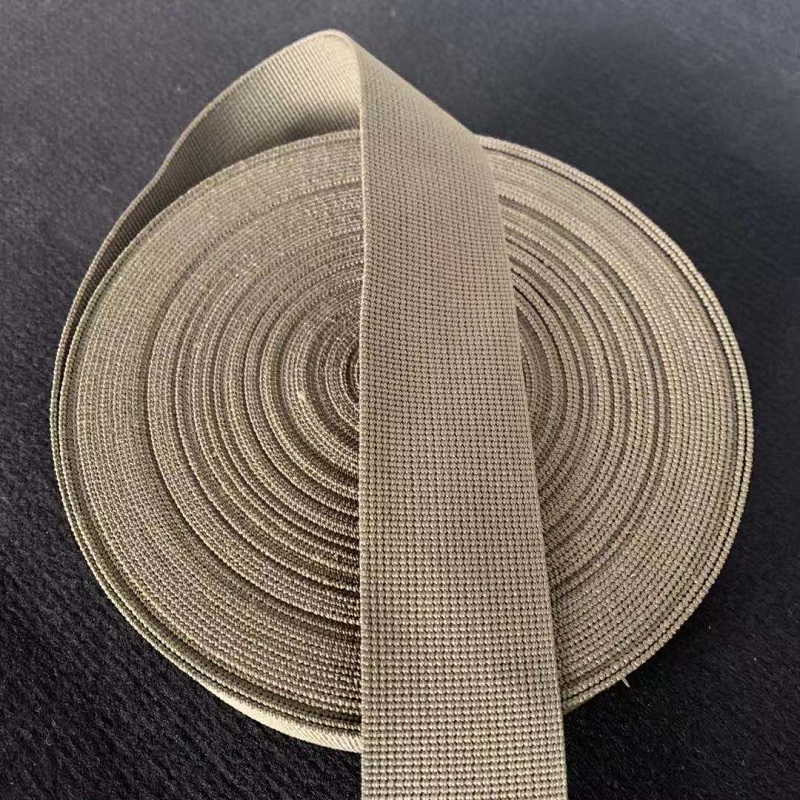Color fastness is one of the important quality indexes of textile ribbon. The so-called color fastness refers to the degree to which the color of dyed textiles remains firm under the physical and chemical action, that is, the degree to which the color of dyed textiles is affected by the outside world is called the color fastness. The color change of the sample after the test and the evaluation grade of the degree of staining of the white cloth indicate the color fastness.
Among various items of color fastness, the color fastness commonly used at present includes color fastness to rubbing, perspiration, washing, light, water, brushing, climate, etc. In real life, the items to be assessed are mainly determined according to the use of the product. Among them, sweat resistance, dry friction resistance, and color fastness to water immersion are the items required by the basic safety technical specifications for textiles, and all dyed textiles should be assessed. In addition, the color fastness to saliva should also be assessed for infant webbing textile products.
The color fastness is generally evaluated by visual inspection, that is, the gray card is used as the standard sample, and under certain lighting and environmental conditions, the gray card and the sample are compared with human eyes to determine the original color change of the sample and the color staining level of the white cloth. The grey scale (discoloration and staining respectively) has five fastness grades, namely 5, 4, 3, 2 and 1. Level 5 is good, level 1 is poor. A half grade is added to every two grades, namely 45, 34, 23 and 12. Therefore, our daily grey card is 5 grades and 9 grades, and the color fastness assessment result is one of 9 grades. If the color fastness of a ribbon product does not reach the level specified in the standard, the ribbon product is unqualified.


